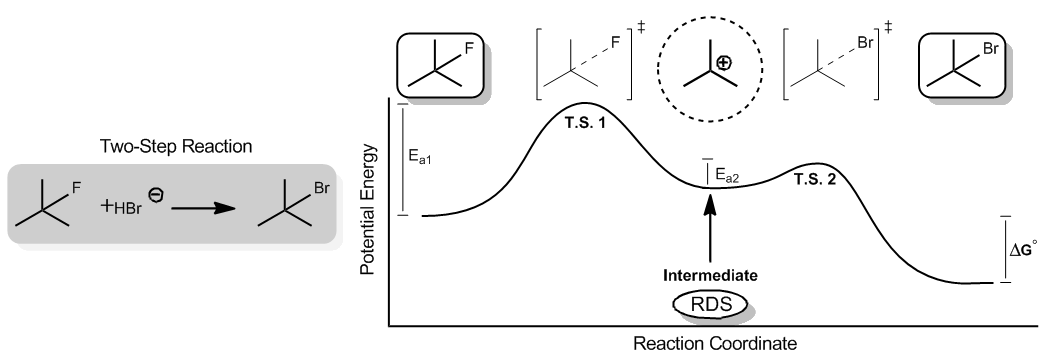The concept of Gibbs free energy, denoted as ΔG, is crucial for predicting the spontaneity or favorability of a chemical reaction. Understanding the components of the Gibbs free energy equation is essential for analyzing reactions effectively. The equation is expressed as:
\[\Delta G = \Delta H - T \Delta S\]
In this equation, ΔH represents the change in enthalpy, T is the absolute temperature in Kelvin, and ΔS is the change in entropy. Each of these terms plays a significant role in determining whether a reaction will occur spontaneously.
Enthalpy (ΔH) is the total heat content of a system, which reflects the energy associated with bond formation and breaking. A negative ΔH indicates that the reaction is exothermic, meaning energy is released when bonds are formed. Conversely, a positive ΔH signifies an endothermic reaction, where energy is absorbed to break bonds. It is important to note that while ΔH influences spontaneity, it is not the sole determinant.
Entropy (ΔS) measures the disorder or randomness in a system. A positive ΔS indicates an increase in disorder, which generally favors spontaneity, while a negative ΔS suggests a transition to a more ordered state. The tendency of systems to favor higher entropy aligns with the second law of thermodynamics, which states that natural processes tend to move towards greater disorder.
Temperature (T) acts as a multiplier for the entropy term in the Gibbs free energy equation. As temperature increases, the impact of entropy on the overall spontaneity of the reaction becomes more pronounced. At higher temperatures, reactions that increase disorder (positive ΔS) are more likely to be favored. Conversely, as the temperature approaches absolute zero (0 Kelvin), the significance of entropy diminishes, and the reaction's favorability becomes increasingly dependent on enthalpy.
In summary, the interplay between enthalpy, entropy, and temperature is vital for understanding the spontaneity of reactions. A negative ΔG indicates a spontaneous reaction, while a positive ΔG suggests non-spontaneity. By analyzing these components, one can predict the behavior of chemical reactions under various conditions.




